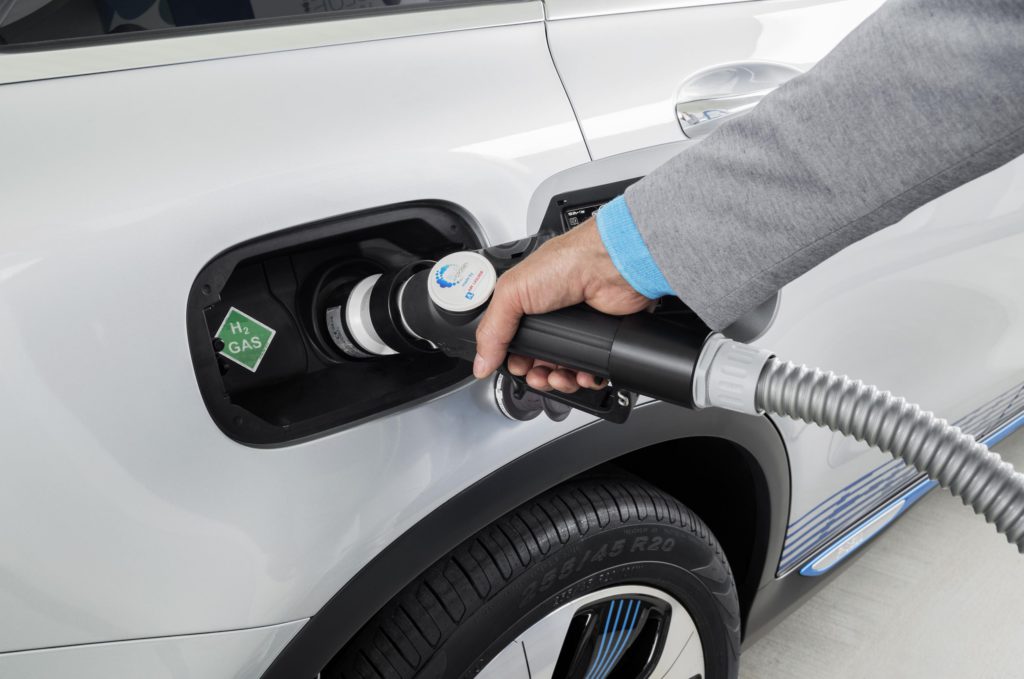Hydrogen technology bringing benefits to automotive industry
10 September 2020

10 September 2020
With the transition away from internal combustion engines (ICE), carmakers and governments are exploring the benefits of hydrogen technology, with the announcement of new schemes and programmes across Europe.
Hyundai has announced a new campaign, launching in Berlin that will promote the technology using social media influencers. Meanwhile, the French Government plans to use clean hydrogen in industrial processes and transport to cut the country’s CO2 output in 2030 by 27 million tonnes.
France aware
As part of a ′relaunch’ plan, the French government has announced that it will invest €7 billion in hydrogen to help the country achieve its goal of becoming carbon-neutral by 2050.
′The relaunch is an opportunity for France to position itself at the cutting edge of breakthrough technologies. Decarbonised hydrogen is one of them and France is convinced that it will be one of the most important revolutions of our century. It will aid development of solutions for emission-free mobility, energy storage and provide energy in response to intermittency of renewable energies,’ commented Barbara Pompili, minister of ecological transition, in a report dedicated to the benefits of a hydrogen society.
The €7 billion will be invested across three priorities: the decarbonisation of industry to help the country reach its 2050 goal, the development of mobility solutions using hydrogen and support for research and development in the sector, and the development of training initiatives.
France will launch tenders as soon as 2021 to create clean hydrogen hubs and electrolyser factories, targeting 6.5 gigawatts of installed capacity by 2030.
The announcement has been met with enthusiasm by automotive supplier Michelin, which is working with Faurecia to develop hydrogen systems for the market.
′This plan is a major step in the development of a French hydrogen industry of excellence,’ commented Florent Menegaux, CEO of Michelin Group. ′[We are] convinced that hydrogen mobility will be one of the essential components of clean mobility, complementary to electric batteries.
Hydrogen hubs
With regard to large-scale regional hydrogen hub projects, Michelin intends to accelerate its development with industry stakeholders. The Group is a pioneer with Zero Emission Valley, the first European initiative to deploy hydrogen mobility on a regional scale (Auvergne-Rhône-Alpes). This project provides for the installation of 20 stations powered by green hydrogen, and the deployment of 1,200 hydrogen vehicles for business use by 2023.
Michelin is also taking a number of other actions to facilitate the deployment of hydrogen mobility, including motor racing, which the Group considers an essential laboratory for innovation and technological showcase. As such, in June 2020, the Group and Symbio, the partnership between Michelin and Faurecia, became partners of the Mission H24 project that aims to apply hydrogen technology to endurance vehicles competing in the 24 Hours of Le Mans in 2024.
Social influence
Hyundai has been developing hydrogen technology for some time and is considered a leader in the technology, along with Toyota. Both carmakers have fuel cell electric-vehicles (FCEVs) on the market and are continuing to refine fuel cell technology.
As part of a vision to facilitate ′Progress for Humanity’, the carmaker has launched its Hydrogen to You (H2U) campaign, which it hopes will raise awareness of its leadership in hydrogen fuel cell technology and its vital role in the emerging ecosystem of sustainable mobility, infrastructures and lifestyles.
H2U shines a spotlight on NEXO, the brand’s flagship FCEV. Working with Berlin-based H2U ambassadors, whose interests and talents span diverse aspects of everyday life, Hyundai takes them on a journey with NEXO and invites them to make hydrogen mobility personal.
The campaign challenges the ambassadors to reflect on the industries they work in and demonstrate how hydrogen fuel cell mobility fosters a sustainable lifestyle and positively impacts their everyday life, fostering a healthy environment and improving the economy and society for a better future.
This team of H2U ambassadors directly addresses consumers who have demanded new technologies and holistic solutions that do not require fossil fuels. These ambassadors span the worlds of music, fashion, science, photography and technology, and are made up of various influencers in these markets.
′The H2U program is one expression of our company vision: Progress for Humanity,’ said Wonhong Cho, executive vice president and global chief marketing officer at Hyundai Motor Company. ′It is a platform to raise awareness of hydrogen technology’s role in helping to overcome the environmental challenges of our time.’
Why now?
A need to rapidly reduce CO2 emissions across fleets has pushed carmakers to develop battery-electric technology, which was much more advanced in the research stage and offers an immediate answer to the decline of diesel, which was being relied upon to reduce emissions up until the dieselgate scandal. Now many manufacturers have launched battery-electric vehicles (BEVs), apart from refining their technology, they are able to consider other options.
Alongside this, governments across the continent see the potential of hydrogen in helping their countries become low- or zero-carbon. The biggest issue is the processing of the fuel into a usable medium. However, with funding, climate-friendly techniques can be found and the benefits of hydrogen can be exploited.
Hydrogen fuel cells produce electricity to drive a vehicle using a reaction between the fuel and oxygen. Vehicles using the technology still use a battery to benefit from no fossil-fuel related emissions. However rather than a 30-minute or more charging session, drivers simply fill a tank of hydrogen in much the same way as a petrol or diesel model. Therefore, a FCEV can travel distances upwards of 200 miles and refuel in minutes, making it as convenient as current ICE vehicles. The reaction of hydrogen and oxygen in the fuel cell only produces one emission – H2O, or water.